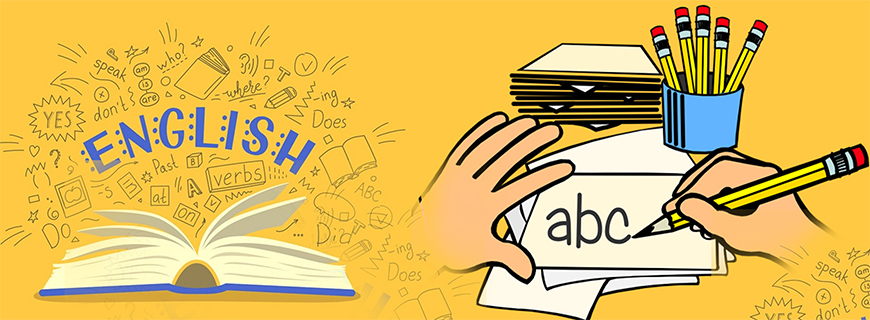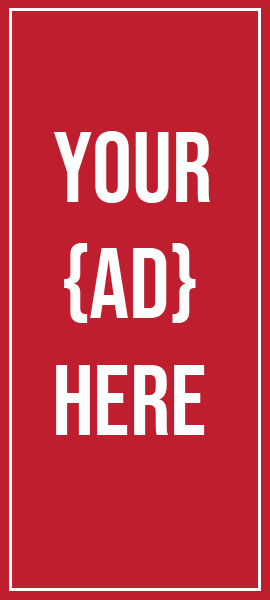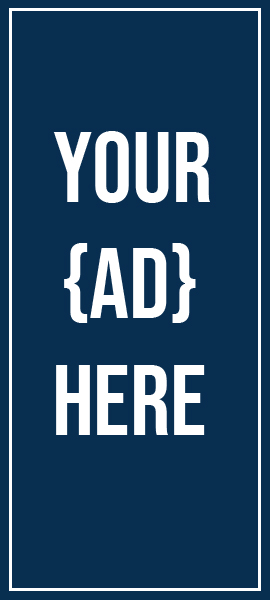
Grammar, Tone & Word Choice
The role of a writer is not to say what we all can say, but what we are unable to say.
– Anaïs Nin
Introduction
The research is done, the outline is complete, and you’re ready to write, right? Hold on just a moment!
You may have had a fruitful first encounter with the person who is likely to become a sales lead for your company. You may have the impression that you have a strong connection with this person and that you are able to provide a solution to a problem that the company is facing.
It is the responsibility of the proposal to fortify and strengthen that relationship via the use of written language now that the time has come to forward the chance to the next stage.
The manner in which you present yourself in the proposal will reflect on the legitimacy of your business, as well as your level of knowledge and your approach to the workplace. It is essential that you get the style of your writing down correctly
Before you dive into your word processor, let’s review some basic writing skills.
Spelling and Grammar
Paying attention to proper spelling and grammar is general good practice, and it will make your editing process a lot easier. Although you don’t need to worry about perfection at this point, it is worthwhile to keep some basic spelling and grammar tips in mind.
Remember basic rules, such as,“I before e, except after c, and when sounded likea, as in neighbor and weigh.”
Proposals should usually use the third person (it, they), or rarely the second person (we). Never use the first person (I, me, she, and he).
Acronyms and texting slang do not belong in a proposal (or in any business document, for that matter).
Watch for correct spelling but incorrect usage, such as, “Their were too many ponies in the stall.” This is one of the biggest things that spell check misses (although Microsoft Office is now capable of checking for it).
Know what errors you commonly make so that you can make an effort to correct them.
Writing well takes practice. Read and write often!
Invest in at least one good grammar reference book. Strunk and White’s The Elements of Style is a classic, while Lauren Kessler’s When Words Collide is a more recent, accessible desktop reference. A good dictionary and thesaurus are an essential purchase.
Make use of available tools, such as spell check, dictionaries, thesauri, and people directories. (Note that we said spell check is a tool, not a solution – it can be wrong, too!)
If you are stuck on a sentence, try reading it out loud. Or, highlight it and come back to it later.
Always re-read your work. Have someone else read it too, if possible. (We will talk about peer review later on in the course.)
Working with Words
Choosing the correct word can make the difference between comprehension and confusion. Take the time to make sure your words reflect what you really want to say.
Some things to watch out for:
- Proposals should be objective rather than subjective. This means leave your opinions out! For example, instead of saying, “Last year’s numbers were abysmal,” give the exact statistic and let the reader draw their own conclusion.

- Include the appropriate level of detail in each sentence and paragraph. Too little detail will leave the reader confused; too much detail and they may become bored. (This is where a good understanding of your audience comes in handy.)
- Check to see if you have said the same thing in different ways. This will help make your writing as concise as possible.
- To see if you have used the right word, try substituting synonyms for your chosen word. For example, what does each of these sentences mean to you?
- The ruling was fair.
- The ruling was reasonable.
- The ruling was just.
- Be very careful when using jargon, slang, and acronyms. Provide a glossary if necessary.
As we mentioned earlier, watch out for instances where you have spelled the word correctly, but used it incorrectly. This is a very common mistake.
Brief check
Use simple, concrete language that readers can visualise rather than complex abstract terms that they can't, and if you must use an abstract term, explain it.

Constructing Sentences
There are three main types of sentences:
- Simple: A single idea expressed with one subject and one verb. (Jim went to the store to get ice cream.)
- Compound: Two ideas expressed together. (Jim went to the store to get ice cream and got lost on the way.)
- Complex: A single idea, with a dependent idea. (Jim went to the store to get ice cream after he ate supper.)
Note that in the compound sentence, the secondary part ([he] got lost on the way) would make sense on its own. In the complex sentence, the dependent idea (after he ate supper) cannot stand on its own.
Sometimes, you will also see compound-complex sentences. (Example: Jim went to the store to get ice cream after he ate supper, but got lost on his way.)
In general, keep your sentences as short as possible; ten to fifteen words is the optimum length. If you have used “and” or “but,” or punctuation such as a comma or semicolon, see if you can break the sentence up. Peoples’ attention spans are getting shorter every day, meaning they are more likely to read short paragraphs with short, easy to read sentences.
Another trick to maximize comprehension is to use parallel construction. This means that if you are using several verbs, make them the same tense.
Which sentence is easier to read?
- Some common ways of losing weight including joining the gym, walk every day, and having worked out with your family.
- Some common ways of losing weight including joining the gym, walking every day, and working out with your family.
As you might guess, the second sentence uses parallel construction.
Persuasive Writing
Did you know that there are some things that everyone responds to? Include these six items in your proposal wherever possible, and you’re guaranteed a “yes” on at least some of your points.
Consistency: Make sure your proposal is sending a clear, consistent message. (This is where your goal statement can come in handy.) It is also helpful if your organization is sending the same message.
Reciprocity: Give your clients something – they will feel compelled to give back.
Social Validation: People tend to follow the crowd. If possible, show how elements in your proposal were successful for people known to the proposal audience.
Likability: Be friendly in your proposal. You will not win by badgering, bullying, or insulting.
Authority: Establish why you are the experts in this area, and why you are the right people to be making this proposal.
Scarcity: Special offer! While supplies last! Limited time only! Create a unique element and, if possible, a sense of urgency and importance in your proposal.
Brief check
The whole idea of a proposal is to be compelling, but it's shocking how many proposals simply state "facts." You must take your client on a journey to persuade them that you are the best option.
Mastering Voice
We are all aware that the manner in which we express ourselves is just as significant as the words that we choose. No matter what it is that you have in mind to convey to your sales lead, if the tone of your voice or the language that you use in your writing turns them off, you will not be successful in closing the purchase.

If you write in a tone of voice that your customer can identify with, it will be easier for you to connect with them emotionally and engage with them. When you have already established that emotional connection and found some common ground, it is much simpler to persuade someone of something. In addition, the ability to persuade others is essential for the proposition.
Think about the people who will be reading your work: who are they, what do they care about, how do they see themselves, and how do they want to be seen by the people who will be reading their work? Use a tone in your writing that speaks directly to them while retaining the identity of your organisation throughout.
Which of these descriptions best describes your tone: professional, conversational, compassionate, informative, or irreverent?
It is crucial to present yourself as the expert in your business; yet, you must be careful not to appear condescending toward your client. Positioning oneself as the authority in your area is important. You have a responsibility to address them with respect and acknowledge the experience and skill they have garnered in their field.
There are two voices in writing:
- Active voice, where the writer is doing something. (Example: I bounced the ball.)
- Passive voice, where something is being done. (Example: The ball was bounced.)
Generally, the active voice is stronger, crisper, and more persuasive. It should be used whenever possible. However, the passive voice is useful when you are delivering bad news, or when you are not sure who performed an action.
Practical Application
William presented the first draft of his proposal to his manager, Elizabeth. He had an excellent working relationship with Elizabeth, and she had offered to give him feedback.
At one point, Elizabeth stopped and said, “I can see here that you’re trying to convince your customer that they need your product, which is exactly what you should be doing. However, you use the words ‘Last quarter productivity dropped, and this is unacceptable for your company.’”
William asked, “Does that come off too negative? I was trying to be direct.”
Elizabeth said, “Instead of giving your opinion, give them the statistic and leave it at that. That way they have the objective information, and they can draw that conclusion themselves.”
William changed the wording, which improved his proposal. This small change, along with many others, led to his proposal’s success.





